Jiajie Mo
Nested Deep Learning Model Towards A Foundation Model for Brain Signal Data
Oct 09, 2024
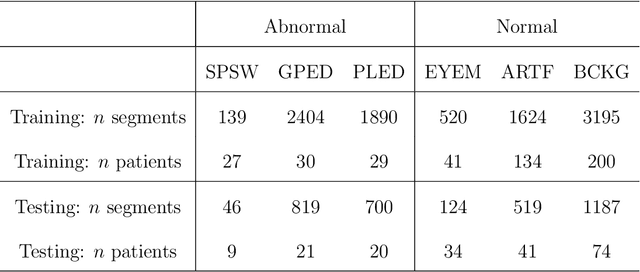
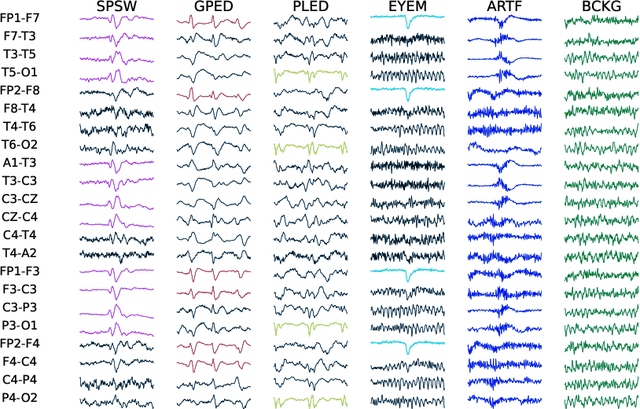

Abstract:Epilepsy affects over 50 million people globally, with EEG/MEG-based spike detection playing a crucial role in diagnosis and treatment. Manual spike identification is time-consuming and requires specialized training, limiting the number of professionals available to analyze EEG/MEG data. To address this, various algorithmic approaches have been developed. However, current methods face challenges in handling varying channel configurations and in identifying the specific channels where spikes originate. This paper introduces a novel Nested Deep Learning (NDL) framework designed to overcome these limitations. NDL applies a weighted combination of signals across all channels, ensuring adaptability to different channel setups, and allows clinicians to identify key channels more accurately. Through theoretical analysis and empirical validation on real EEG/MEG datasets, NDL demonstrates superior accuracy in spike detection and channel localization compared to traditional methods. The results show that NDL improves prediction accuracy, supports cross-modality data integration, and can be fine-tuned for various neurophysiological applications.
Nested Deep Learning Model: A Foundation Model for Brain Signal Data
Oct 04, 2024



Abstract:Epilepsy affects over 50 million people globally, with EEG/MEG-based spike detection playing a crucial role in diagnosis and treatment. Manual spike identification is time-consuming and requires specialized training, limiting the number of professionals available to analyze EEG/MEG data. To address this, various algorithmic approaches have been developed. However, current methods face challenges in handling varying channel configurations and in identifying the specific channels where spikes originate. This paper introduces a novel Nested Deep Learning (NDL) framework designed to overcome these limitations. NDL applies a weighted combination of signals across all channels, ensuring adaptability to different channel setups, and allows clinicians to identify key channels more accurately. Through theoretical analysis and empirical validation on real EEG/MEG datasets, NDL demonstrates superior accuracy in spike detection and channel localization compared to traditional methods. The results show that NDL improves prediction accuracy, supports cross-modality data integration, and can be fine-tuned for various neurophysiological applications.
ENAS U-Net: Evolutionary Neural Architecture Search for Retinal Vessel Segmentation
Jan 18, 2020
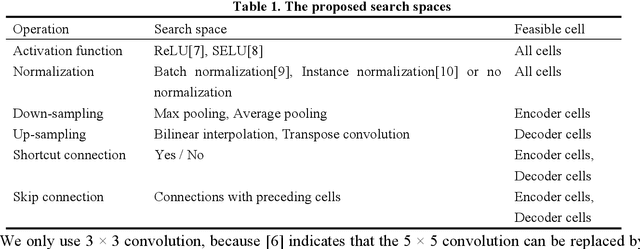
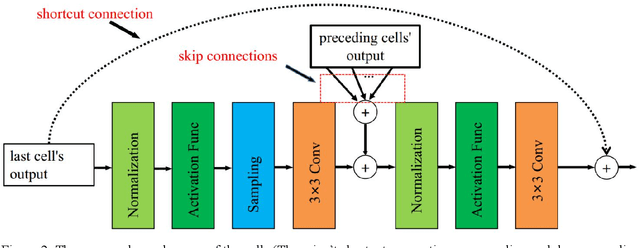

Abstract:The accurate retina vessel segmentation (RVS) is of great significance to assist doctors in the diagnosis of ophthalmology diseases and other systemic diseases, and manually designing a valid neural network architecture for retinal vessel segmentation requires high expertise and a large workload. In order to further improve the performance of vessel segmentation and reduce the workload of manually designing neural network. We propose a specific search space based on encoder-decoder framework and apply neural architecture search (NAS) to retinal vessel segmentation. The search space is a macro-architecture search that involves some operations and adjustments to the entire network topology. For the architecture optimization, we adopt the modified evolutionary strategy which can evolve with limited computing resource to evolve the architectures. During the evolution, we select the elite architectures for the next generation evolution based on their performances. After the evolution, the searched model is evaluated on three mainstream datasets, namely DRIVE, STARE and CHASE_DB1. The searched model achieves top performance on all three datasets with fewer parameters (about 2.3M). Moreover, the results of cross-training between above three datasets show that the searched model is with considerable scalability, which indicates that the searched model is with potential for clinical disease diagnosis.
Accurate Retinal Vessel Segmentation via Octave Convolution Neural Network
Aug 11, 2019
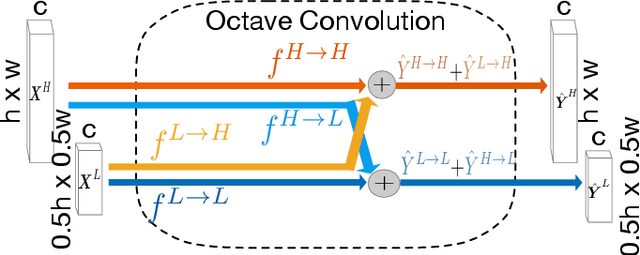
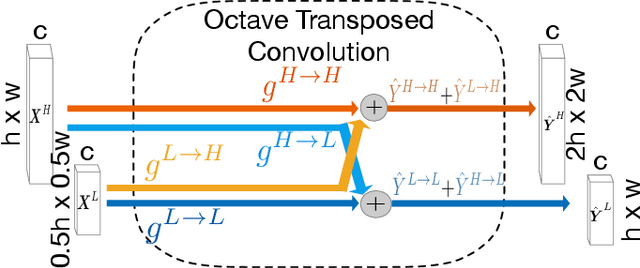

Abstract:Retinal vessel segmentation is a crucial step in diagnosing and screening various diseases, including diabetes, ophthalmologic diseases, and cardiovascular diseases. In this paper, we propose an effective and efficient method for vessel segmentation in color fundus images using encoder-decoder based octave convolution network. Compared with other convolution networks utilizing vanilla convolution for feature extraction, the proposed method adopts octave convolution for learning multiple-spatial-frequency features, thus can better capture retinal vasculatures with varying sizes and shapes. It is demonstrated that the feature maps of low-frequency kernels respond mainly to the major vascular tree, whereas the high-frequency feature maps can better capture the fine details of thin vessels. To provide the network the capability of learning how to decode multifrequency features, we extend octave convolution and propose a new operation named octave transposed convolution. A novel architecture of convolutional neural network is proposed based on the encoder-decoder architecture of UNet, which can generate high resolution vessel segmentation in one single forward feeding. The proposed method is evaluated on four publicly available datasets, including DRIVE, STARE, CHASE_DB1, and HRF. Extensive experimental results demonstrate that the proposed approach achieves better or comparable performance to the state-of-the-art methods with fast processing speed.
An Improved Epsilon Constraint-handling Method in MOEA/D for CMOPs with Large Infeasible Regions
Jul 27, 2017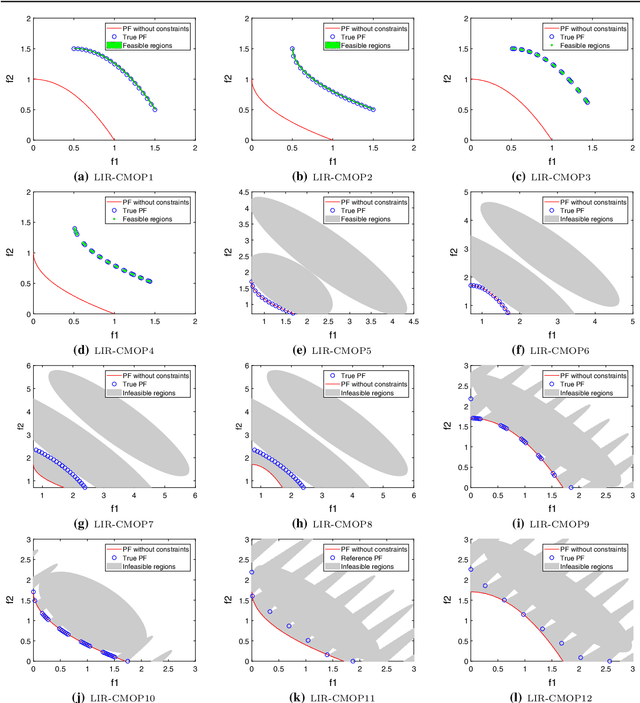
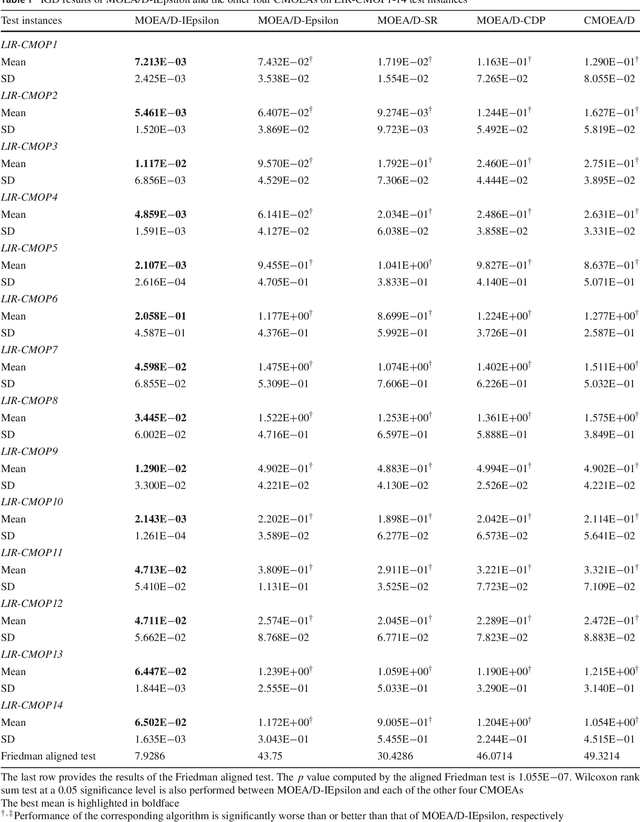
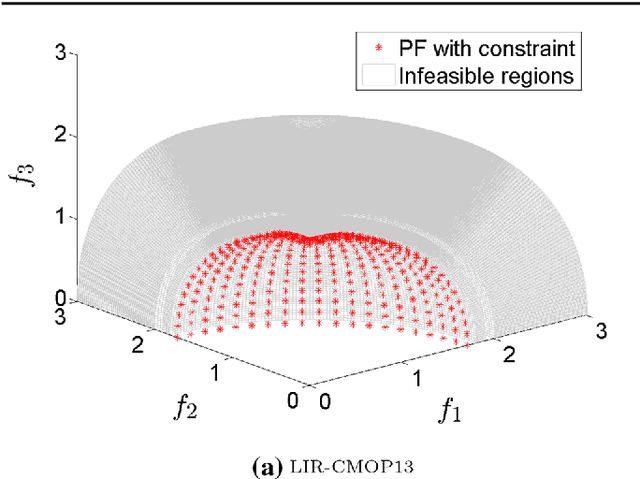

Abstract:This paper proposes an improved epsilon constraint-handling mechanism, and combines it with a decomposition-based multi-objective evolutionary algorithm (MOEA/D) to solve constrained multi-objective optimization problems (CMOPs). The proposed constrained multi-objective evolutionary algorithm (CMOEA) is named MOEA/D-IEpsilon. It adjusts the epsilon level dynamically according to the ratio of feasible to total solutions (RFS) in the current population. In order to evaluate the performance of MOEA/D-IEpsilon, a new set of CMOPs with two and three objectives is designed, having large infeasible regions (relative to the feasible regions), and they are called LIR-CMOPs. Then the fourteen benchmarks, including LIR-CMOP1-14, are used to test MOEA/D-IEpsilon and four other decomposition-based CMOEAs, including MOEA/D-Epsilon, MOEA/D-SR, MOEA/D-CDP and C-MOEA/D. The experimental results indicate that MOEA/D-IEpsilon is significantly better than the other four CMOEAs on all of the test instances, which shows that MOEA/D-IEpsilon is more suitable for solving CMOPs with large infeasible regions. Furthermore, a real-world problem, namely the robot gripper optimization problem, is used to test the five CMOEAs. The experimental results demonstrate that MOEA/D-IEpsilon also outperforms the other four CMOEAs on this problem.
 Add to Chrome
Add to Chrome Add to Firefox
Add to Firefox Add to Edge
Add to Edge